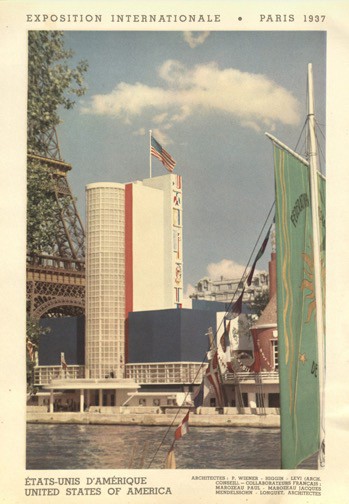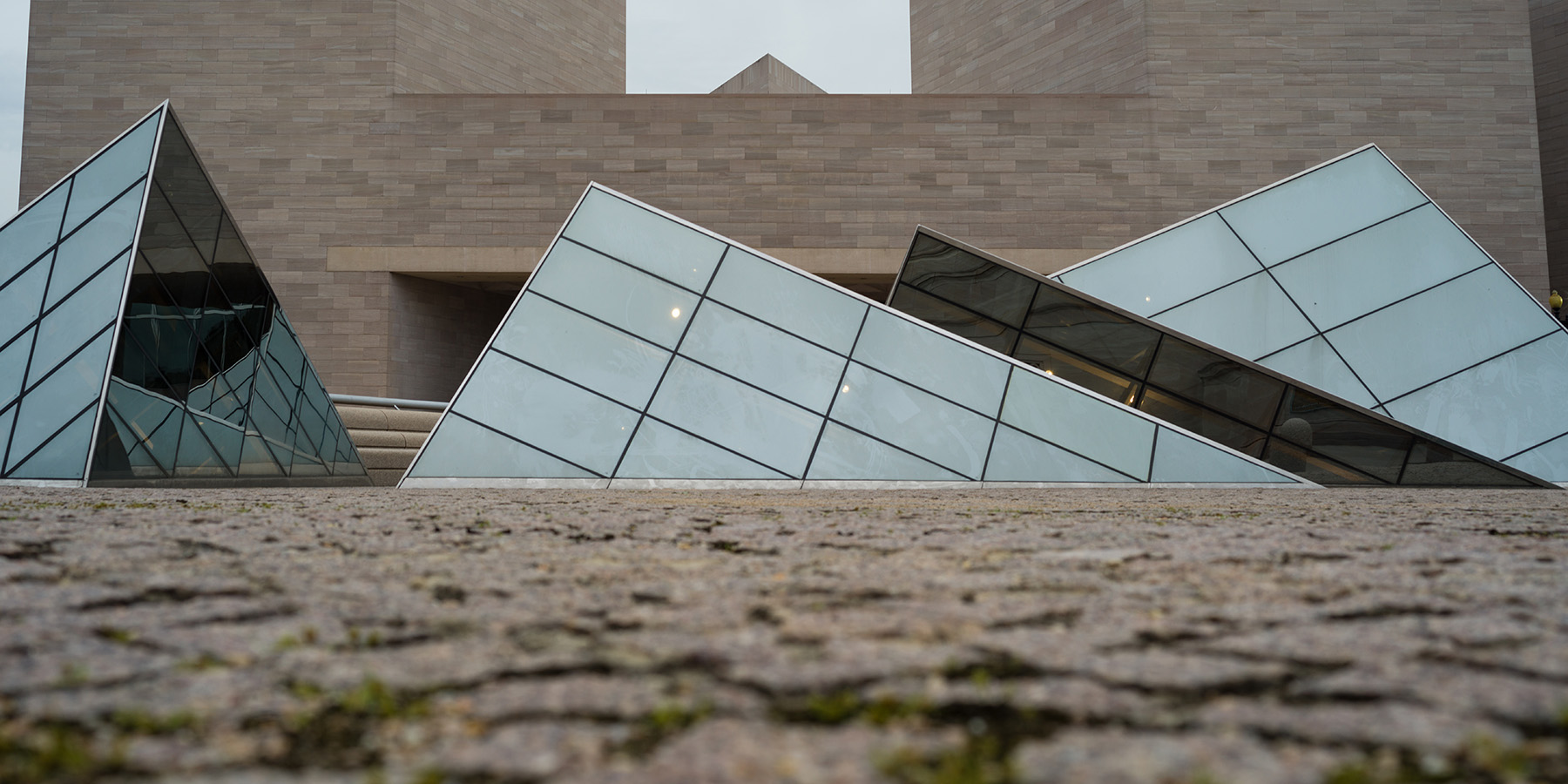International Arte Popular: Mexican, American, and French Muralism, 1920–1940
During the period between World War I and World War II, Mexico, the United States, and France all boasted robust, government-sponsored mural programs. My dissertation argues the importance of Mexico’s deliberate export of muralism to the formation of mural programs abroad. Beginning in the early 1920s, I track Mexico’s mobilization of the mural for diplomatic purposes and its subsequent adoption into US and French cultural programs, while illuminating the traces of the Mexican mural-for-export within each.
Chapter One examines the international conditions leading to the development of the modern Mexican mural, including the need to manage neocolonial and postcolonial relationships with the United States and France, respectively. This chapter demonstrates that, beginning with Roberto Montenegro’s murals for the Mexican pavilion at the 1922 Exposição Internacional do Centenário da Independência in Rio de Janeiro, international concerns were fundamental to the mural’s function, arguing that the Mexican mural was conceived in part for export. Central to this argument is a rereading of seminal texts written by the engineers of Mexico’s postrevolutionary cultural program—among them José Vasconcelos’s La raza cósmica (The Cosmic Race), Manuel Gamio’s Forjando patria (Forging the Homeland), and Dr. Atl’s Las artes populares en México (Popular arts in Mexico)—toward a full recognition of their international stakes. Not only did the concepts of mestizaje and arte popular addressed by these authors argue implicitly for Mexican recognition among the international community, but such ideas also allowed Mexico to position itself as a leader in questions of Indigeneity, citizenship, and internationalism—spheres in which it continued to shape thought into the postwar period.
The second chapter of my dissertation centers on the role Native American artists, imagery, and concerns played in the formation of modern mural painting in the United States. Figures such as John Collier and Amelia Elizabeth White, promoters of mural painting among Native American artists, were also involved in activism for Native American rights and welfare. The identification of muralism with Indigeneity can be traced directly to Mexico’s export of racial ideology through the mural. Collier, for example, would have been familiar with Mexican artists’ treatment of Native subjects through his knowledge of the work of Mexican officials such as Gamio, while White would have seen murals heavily based on Maya precedents by Victor Reyes at the Exposición iberoamericana de 1929 in Seville. The inseparability of muralism from questions of Indigeneity was also evident in the adoption of Native American subject matter among Anglo artists, including Edward Buk Ulreich. To be sure, such appropriations often resulted in misreadings and misuses, the complicated effects of which continue to this day and are thematized in this chapter.

Paul Lester Wiener (architect) and Eduard Buk Ulreich (muralist), US Pavilion at the Exposition internationale des arts et techniques dans la vie moderne, Paris, 1937, from Photographies en couleurs: Exposition internationale des arts et des techniques appliqués à la vie moderne; Album official (Paris: Photolith, 1937), 6
The dissertation’s third chapter shows how French murals followed a logic of art populaire (popular art), a concept that by the 1930s showed the clear imprint of the Mexican arte popular. This was an idea under discussion by entities such as the International Commission of Folk Arts and Folklore of the League of Nations, which sought to foster understanding among nations based on the collaborative study of folk traditions. This understanding, significantly, extended to colonized nations. The interwar period brought with it a shift in thought among many French citizens regarding their treatment of the colonies and a desire to reform those relationships. Among the figures at the forefront of these questions was Paul Rivet, director of the Musée d’Ethnographie du Trocadéro, which became the Musée de l’Homme on the occasion of the 1937 Exposition internationale des arts et techniques dans la vie moderne. Rivet was in close contact with Gamio and other Mexican indigenists (those concerned with absorbing Mexico’s Indigenous peoples into the modern state), made several trips to Mexico throughout his life, and later credited Mexico for its innovation in matters related to Indigenous peoples. The origins of the French murals at the 1937 international exposition can be located in a web of contacts that included Rivet; museum colleagues such as Georges-Henri Rivière and Paul Coze; Front Populaire co-organizers such as secretary of public education Jean Zay and physicist Jean Baptiste Perrin; muralists such as Fernand Léger, André Lhote, Jean Lurçat, and Angel Zárraga; and a number of Mexican officials.
Government-sponsored murals from the interwar period embody a particular form of nationalism. Such a nationalism, born in postrevolutionary Mexico, was also deeply committed to internationalism. Celebrating heterogeneity of both culture and style, these murals envisioned, albeit imperfectly, an international community built on mutual respect and communication. Although the celebration of folk culture sometimes resembled the fascist nationalism of countries, such as Italy and Germany, it was in fact an alternative to it—an alternative that would have to wait until after the catastrophic war years to take its course.
Harvard University
David E. Finley Fellow, 2020–2023
After concluding her fellowship at the Center, Davida plans to pursue curatorial work in the Washington, DC, area.


